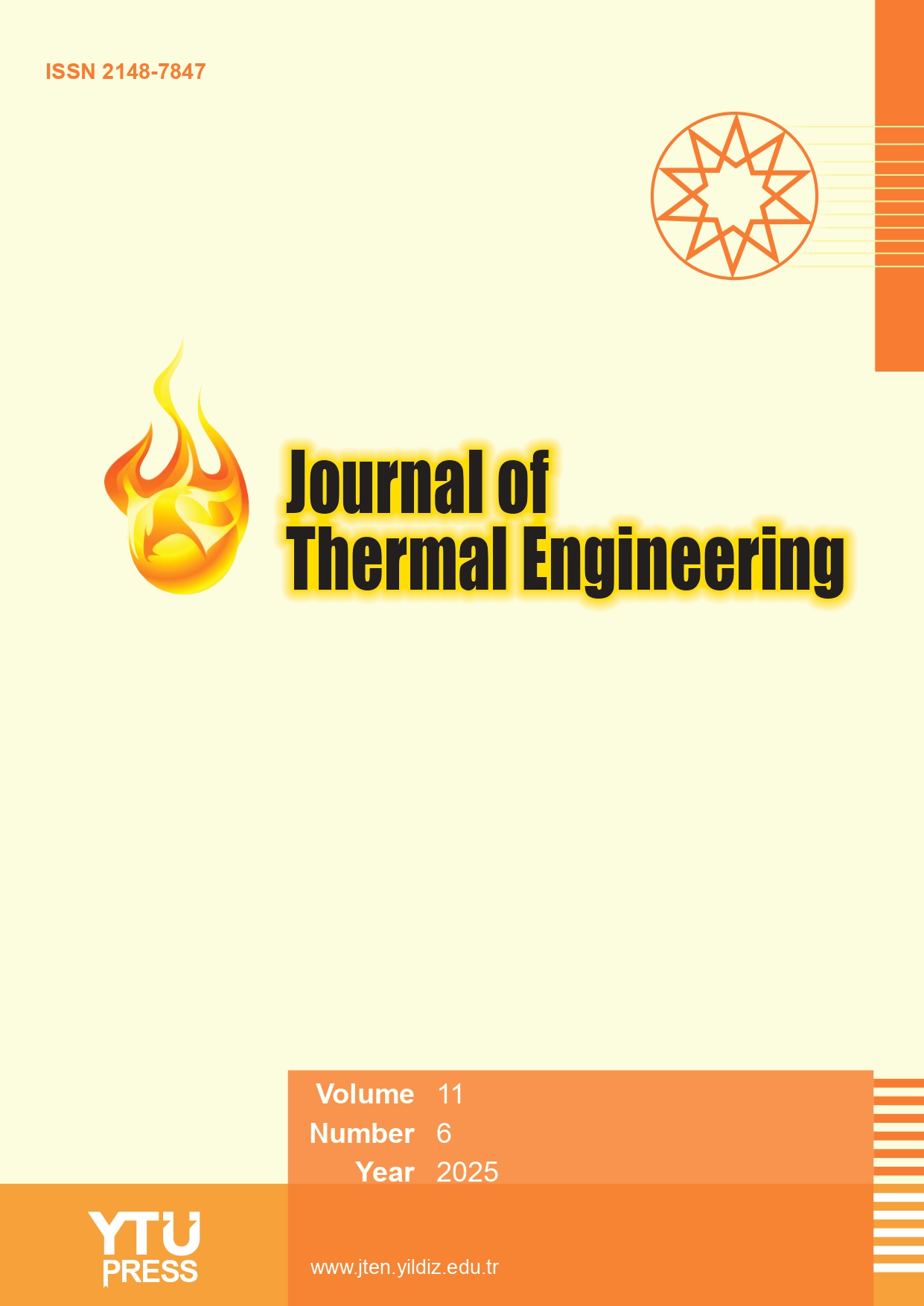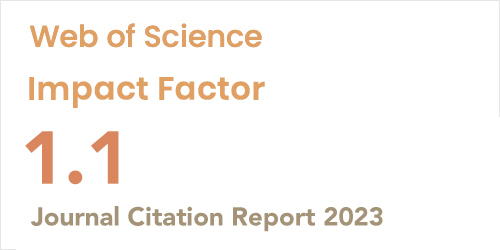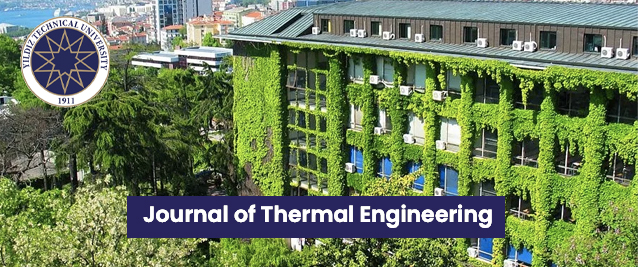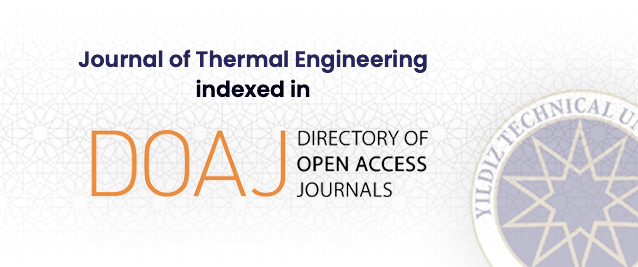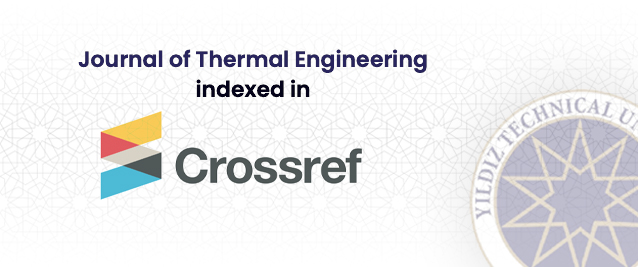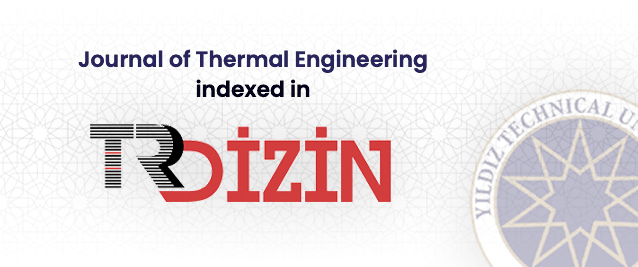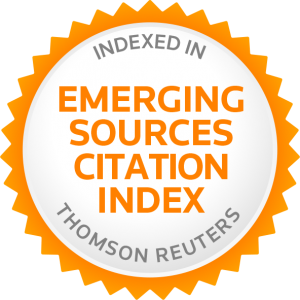Abstract
The water vortex power plant has become of more interest to researchers due to its important role in renewable energy technologies, allowing it to operate with low heads and flow rates. The novelty of the work compared to previous efforts is that a group of variables studied together that have an important role in increasing the efficiency of the system, such as the increase and decrease in the number of blades, the effect of weight through changing the type of metal, and the height of the turbine from the bottom of the basin. Therefore, this article evaluated the performance of the water vortex plant, in which several variables were studied: the number of turbine blades, turbine weight, and turbine height from the basin floor where the water vortex system was designed and tested by using four turbines: one of them had six blades and another four blade are made from carbon steel alloy and two other turbines, which one of them six blades the other four blades are made of galvanized alloy. Practical tests also concluded that the four-blade turbine, made of carbon steel alloy, achieved an efficiency of up to 69%. The weight of the turbine plays a vital role in determining the system efficiency when a six-blade turbine made of carbon alloy with a higher weight and a height of 3 cm reaches 64% as the maximum efficiency. Also, the experiments found that the highest efficiency reaches the turbine at a height of 3 cm from the bottom of the basin after different heights were chosen for the turbines used from the bottom, which included (1.5 cm, 3 cm, 5 cm, 8 cm).


